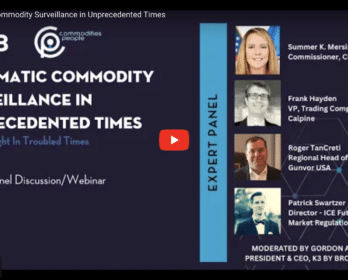No matter where you are in the world. No matter what markets you trade. The Scotia fine is a global bellwether. Here’s what you need to know.
The CFTC fined Bank of Nova Scotia $127.4 million for “spoofing” and making false statements. What pushed this judgment to record-setting proportions is the fact that Scotia made statements to the CFTC that turned out to be false.
Get Your Order Data, and Get It Right Now
See that bold last line? Get your order data? We will be coming back to that. Because we hear this line a bit too much, “Listen, we like your surveillance offering, but we just don’t do any speculative trading. Order feeds? We just don’t need any of that.”
We hear you. But just know that CFTC does have your order data. In the event of any inquiry, how on earth are you going to generate any view of what happened? Maybe you really don’t need a complete surveillance system. But you must…you must go back to the header of this section!
Watch your B’s and A’s ( Bids and the Asks)
Traders working both sides of the market at or very near the same time is where all the trouble starts. Every market has a Bid price (offer to buy) and an Ask price (offer to sell). Is that spoofing? No, it’s not. But let’s just say that a house of spoofing has only one door, and this is it. Remember that group that absolutely does not speculatively trade? It’s true. Their activity is pretty much all on one side of the market. All bid or all ask. But “pretty much” is not always. And that’s where the trouble starts.
Fess Up – But Fess Up Right
The reason we are having this conversation is that Scotia cooperated in the investigation but cooperated very poorly. Scotia made some statements to the CFTC that turned out to be untrue. That threw gasoline on the fire.
You mean they lied? It’s really tough to see a general counsel’s office at a Canadian bank flat out lying to regulators. Impossible? No, but odds are there was something else at work. That something is this: They did not have the data. Or at least it was not in good order.
This is all guesswork and hypotheticals but here is how these things tend to go down:
General Counsel calls down and asks, “Hey what the heck were those traders doing? What does the data say?”
“Oh! That order data? Yeah, let me get back to you.”
“Hey about that order data. The order data is [archived in Malta] [in pdf] [on a deprecated system], [feed disconnected] [all of the above]. “ Go ahead …choose your own adventure.
What follows is a month after month carnival ride of trying to re-stitch together the history. At some point it comes to:
“Jane is looking at all the data and she says each event is a non-event. We are up against a deadline so that is what we suggest we say to the CFTC.”
“Hey, General Counsel, about that analysis… Jane did not look at the phone recordings. Seems the traders were talking about spoofing. We have a serious problem here.”
The conversations among traders demonstrate collusion. Coupled with orders data showing actual bad actions, regulators could prove intent.
Remember that headline above? Get Your Order Data…? Well the CFTC has your order data. Their report is in good order.
Why push so hard on orders data?
Think about this: To get orders data you need an orders account. If a firm does not even have an active orders account it is a giant red flag signaling an entirely missing compliance program. If any regulator came calling there is no conceivable defense. Any denial is impossible because it’s simply too easy to see that.
Call us. Orders feeds are painless to set up with K3. All off the shelf.






